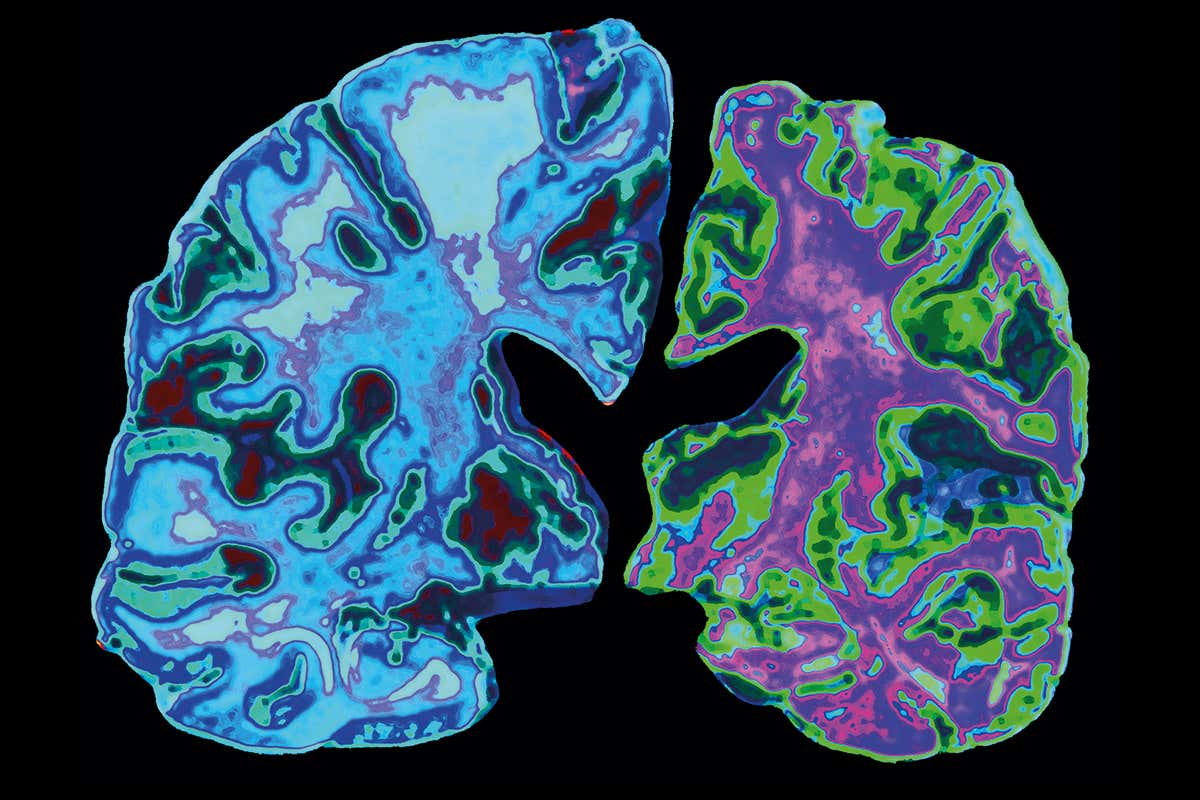Glucose is the primary source of energy and more energy is used by the brain than any other part of the body. But the use of sugar in excess can lead to some changes in brain chemistry. This new study in pigs suggests that the circuitry reward process of the brain also gets altered by sugar intake as by drug addiction.
The reward system of the human brain gets activated when a person seeks or expertise something new or pleasurable. The natural brain chemicals help in the communication of different parts of the brain to improve the learning ability and to improve the behaviors that enhance the knowledge and improve the well-being.
Read more- Agendia Is Working On Two New Genomic Profiling Tests For Patients Of Early-Stage Breast Cancer
The brain system is heavily dependent on the neurotransmitter dopamine that’s why the reward system of the brain helps to make clear many experiences like falling of a man in love, the time a man spends with friends, and sexual pleasure.
A person gets addicted to something like drugs that hijacks the reward system of the brain by activating it artificially. A very strong desire for something such as cravings for chocolate or sugary food cravings is addiction.
In the 1950s the term food addiction was described by the scientist of the United States, Theron Randolph, to explain the consumption of some foods like eggs, potatoes, and milk. Some later studies argued that food is not an addiction.
An associate professor, Michael Winterdahl, and his colleagues at the Department of Clinical Medicine at Aarhus University in Denmark have conducted new research to examine the sugar intake effects in the brain of pigs.
This research is published in the journal Scientific Reports.
The scientists used PET imaging techniques with dopamine receptor antagonists and opioid receptor agonists to observe the special effects of sugar intake in the seven female Göttingen minipigs and to study the reward system of the brain in animals.
The minipigs were given with sucrose solution for twelve days but only for 1 hour. After giving the last dose of sugar to the minipigs the 24 hours scans were retaken.
Another group of five minipigs was given with an additional session of PET scanning after giving the first dose of sugar.
Winterdahl reports that major changes were observed in the opioid systems and brain dopamine just after the sugar intake of 12 days. The lead author of the study reports that the opioid system of the brain was seen activated just after the first intake of sugar.
The opioid system is the part of the brain that is associated with the state of being pleasure, healthy and successful. After the intake of sugar, alterations were particularly seen in the amygdale, cingulated cortex, striatum, prefrontal cortex, and nucleus accumbens.
The researchers consider their selection of minipigs as models relevant to learn the sugar intake effects on the brain. The previous studies were taken by using rats whose metabolism and regulation system differs appreciably from humans.
The scientists consider it ideal to conduct studies on humans but it isn’t possible. Its not easy to control the humans and the dopamine levels can be modulated by several factors.
The brain of a pig is more complexed than the brain of rodent that’s why the pig is a good choice to study the effect of sugar intake. The brain of the pig is large enough to figure the structures of the brain by using the human brain scanners.


